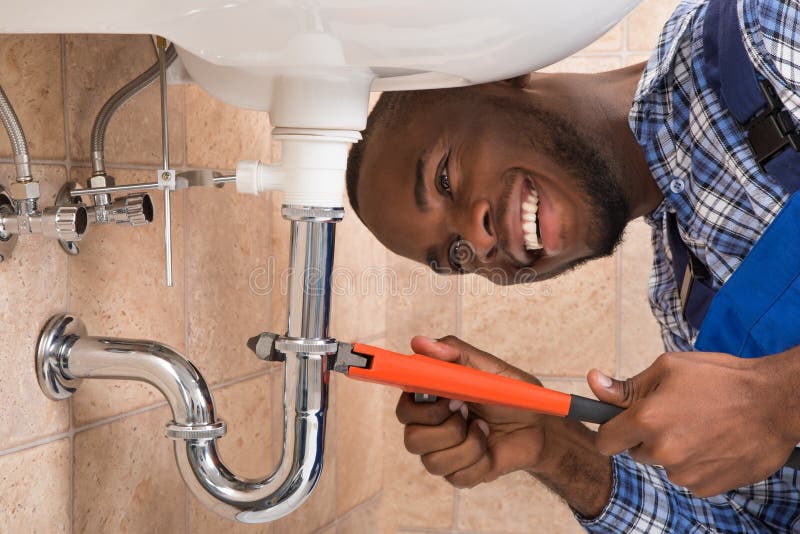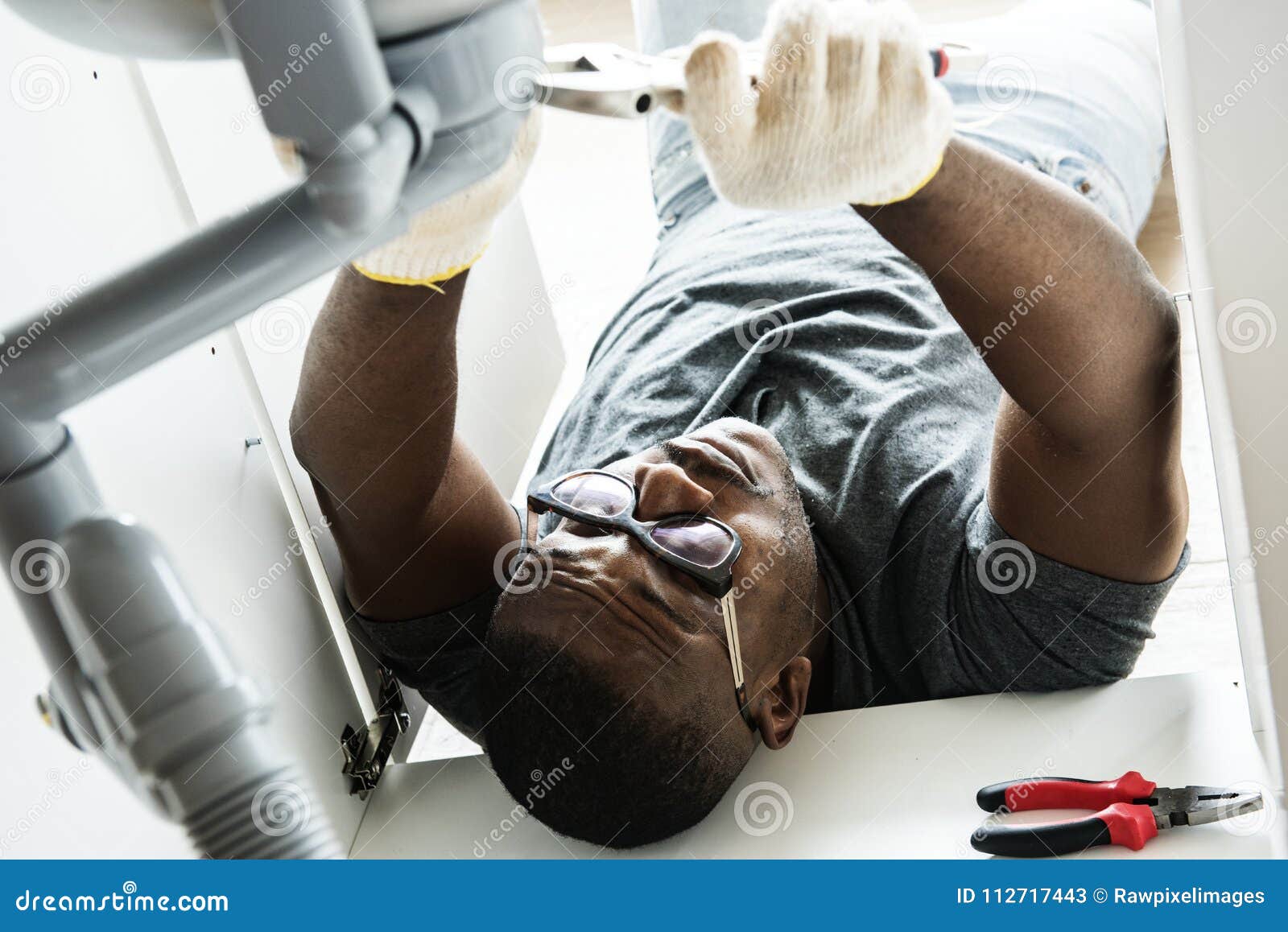Professional Drain Cleaning Alabaster AL to Keep Your Water Lines Flowing
Professional Drain Cleaning Alabaster AL to Keep Your Water Lines Flowing
Blog Article
A Step-by-Step Overview to Efficient Water Heater Installation for Optimum Performance
Beginning on the job of setting up a water heating system is an endeavor that demands precision and a methodical technique for achieving optimum performance. As you continue, the ins and outs of connecting water supply lines and establishing up trusted electric or gas connections await, appealing understandings into making sure effectiveness and integrity.
Picking the Right Water Heating Unit

Next, consider the size and capacity of the hot water heater. It's crucial to evaluate your house's hot water requirements, which can vary based upon the variety of owners and their usage patterns. A system that's also tiny might result in not enough hot water, while an extra-large version could result in unneeded power intake.
Effectiveness scores likewise play a critical duty in selection. Search for hot water heater with high Energy Element (EF) ratings, suggesting exceptional efficiency and reduced energy usage. Tankless designs, though normally a lot more expensive ahead of time, offer significant power financial savings over time as a result of their on-demand home heating capabilities.
Preparing the Installment Area
Prior to setting up a brand-new water heater, careful prep work of the setup area is vital. It's essential to determine the area very carefully to accommodate the water heater's dimensions, making sure appropriate clearance around the unit for efficient procedure and servicing.
Inspect the floor for stability, as the water heater will certainly require a solid, level surface to operate successfully. If needed, mount a drip pan underneath the device to catch potential leakages or spills, avoiding water damage to the surrounding location.
Furthermore, make certain that all essential tools and materials get on hand prior to starting the installment. This includes items such as wrenches, screwdrivers, a degree, and any kind of added hardware needed for installing and securing the heater. A well-prepared setup location sets the foundation for an effective hot water heater setup, optimizing performance and safety.
Connecting Water Supply Lines
When linking supply of water lines to your freshly mounted water heater, it is important to guarantee that all connections are protected and leak-free to keep effective procedure and protect against water damage. Begin by identifying the hot and cold supply of water lines. The chilly water inlet is typically noted with a blue label or a "C", while the hot water outlet is noted with a red tag or an "H".
Use versatile water heating system connectors to promote a less complicated setup procedure. Before affixing the connectors, place a plumbing technician's tape around the threaded ends of the water heating system's inlet and electrical outlet pipes.
Once links are in area, slowly turn on the primary water valve. Evaluate each link for leakages by aesthetically inspecting and really feeling for wetness. Tighten up links as necessary, and ensure the stress safety valve is properly installed, safeguarding versus extreme pressure accumulation.
Establishing Electrical or Gas Links
Effectively setting up the electric or gas connections for your water heating system is find out this here a critical step to make sure reliable and secure procedure. For electric hot water heater, start by confirming that the electrical circuit works with the heating system's voltage and amperage demands. Make certain the power supply is transformed off at the breaker to stop mishaps. Link the electrical wires to the heating system adhering to the producer's wiring diagram. Generally, this involves attaching the ground cord to the environment-friendly terminal, and the continuing to be cords to their equivalent terminals, protecting each with cord nuts.
For gas water heating systems, security is critical. Link the gas line to the water heating unit using index a flexible gas adapter, guaranteeing it is effectively threaded and sealed with pipeline joint substance or Teflon tape suitable for gas links.
As soon as connections are made, check for any kind of potential leakages. For gas lines, use a soapy water service to the joints; bubbles indicate a leak. For electric links, double-check that all wiring is safe and secure and correctly insulated, keeping conformity with neighborhood electric codes.
Adjusting and examining for Efficiency
With the electrical and gas links firmly in location, the following step is evaluating the functional efficiency of your water heating system. Begin by carefully activating the water system and making certain there are no leaks at any one of the shutoffs or joints. When validated, proceed to load the storage tank, taking notice of the pressure and temperature settings. It is recommended to set the thermostat to an advised temperature of around 120 ° F(49 ° C) to stabilize power efficiency and comfort.
Next, execute a complete examination to make certain the burner or gas burners are working appropriately. For electrical heating units, use a multimeter to verify if the elements are attracting the proper current. In gas versions, observe the burner fire; it needs to be consistent and blue, indicating effective burning.
Adjust the settings as essential to eliminate ineffectiveness. Take into consideration executing insulation actions, such as adding a water heating system covering, to further improve efficiency by lessening heat loss. In addition, inspect the anode rod's condition, as a scrubby pole can minimize performance and result in container corrosion.
Final Thought
Reliable water heating unit installation is essential for guaranteeing optimum performance and energy cost savings. Securely attaching water supply lines and carefully establishing up electrical or gas links lessen prospective issues.

Correctly setting up the electrical or gas links for your water heater is a vital action to make sure efficient and secure procedure. For electric water heating systems, begin by read the full info here validating that the electrical circuit is compatible with the heater's voltage and amperage requirements. Link the gas line to the water heater using a versatile gas connector, guaranteeing it is effectively threaded and sealed with pipeline joint compound or Teflon tape suitable for gas connections.
Report this page